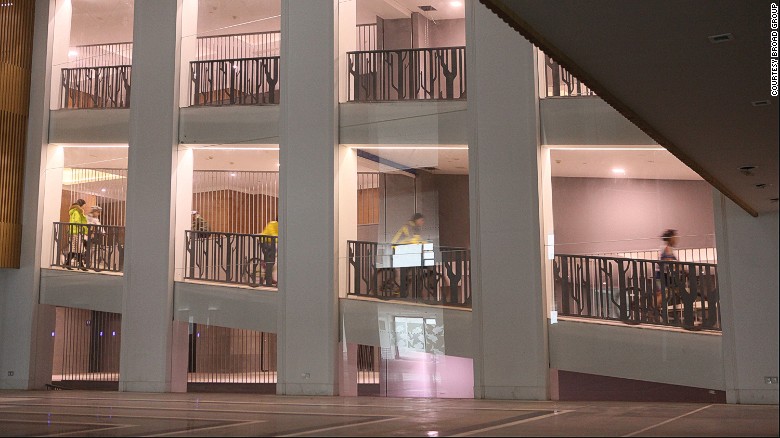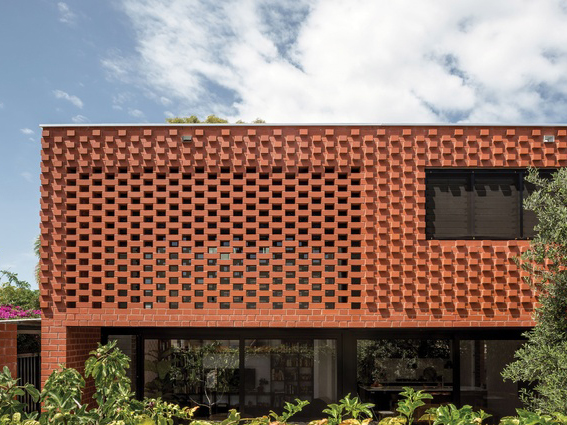Energy generating bricks.
A brief article in
Architecture&Design has announced the development of a
thermogalvanic brick, which
generates electricity as long as the two faces of the brick are at
different temperatures.
The preconditions for generating electricity in this way exist everywhere; there are temperature differences across almost any part of the
building fabric, be they walls in the sun, panels on the roof, even
floor slabs. And the practical applications of the principle are therefore not necessarily confined to a brick format.
Indeed, the headline image of the architecture&design article may be 'sub optimal', in that it illustrates a brick wall where self shading actually cuts down the available temperature differences between the sunlit exterior surface and the interior face of the wall. But of course, it may be that in this application, the reduction in cooling load far outweighs the reduction in electricity production.
From that specific proviso, we can generalise; however brilliant the theoretical principle, it's widespread practical application will be subject to much more complex evaluation of the efficiency and effectiveness of the system.
Does it generate useful amounts of electricity in comparison
to other systems? Can it power a range of useful devices, and at useful
times of the day? At first sight, it would appear that the proposed
applications are limited to the basic needs of developing countries, for a
nominal amount of night-time illumination and importantly, for charging mobile phones.
What are the cost benefits? Properly, these should be accounted for not just financially, but by 'cradle to cradle' analysis of embodied materials and energy. In this regard, the proposal is elegant:
"Crucially, they do not require maintenance, recharging or refilling.
Unlike batteries, they store no energy themselves, which also removes
risk of fire and transport restrictions."
But there are many other considerations, most especially the potential waste stream. After all, for many years, plastic bags were thought to be extremely effective at what they do.
But I am sick of being pessimistic. The principle is brilliantly obvious. I wish them the best of luck in scaling up.
For the A&D article, click
here.







